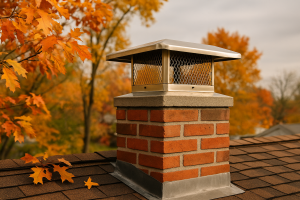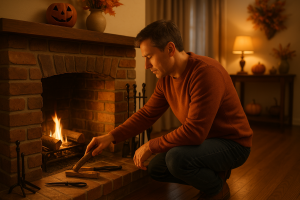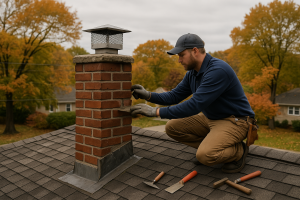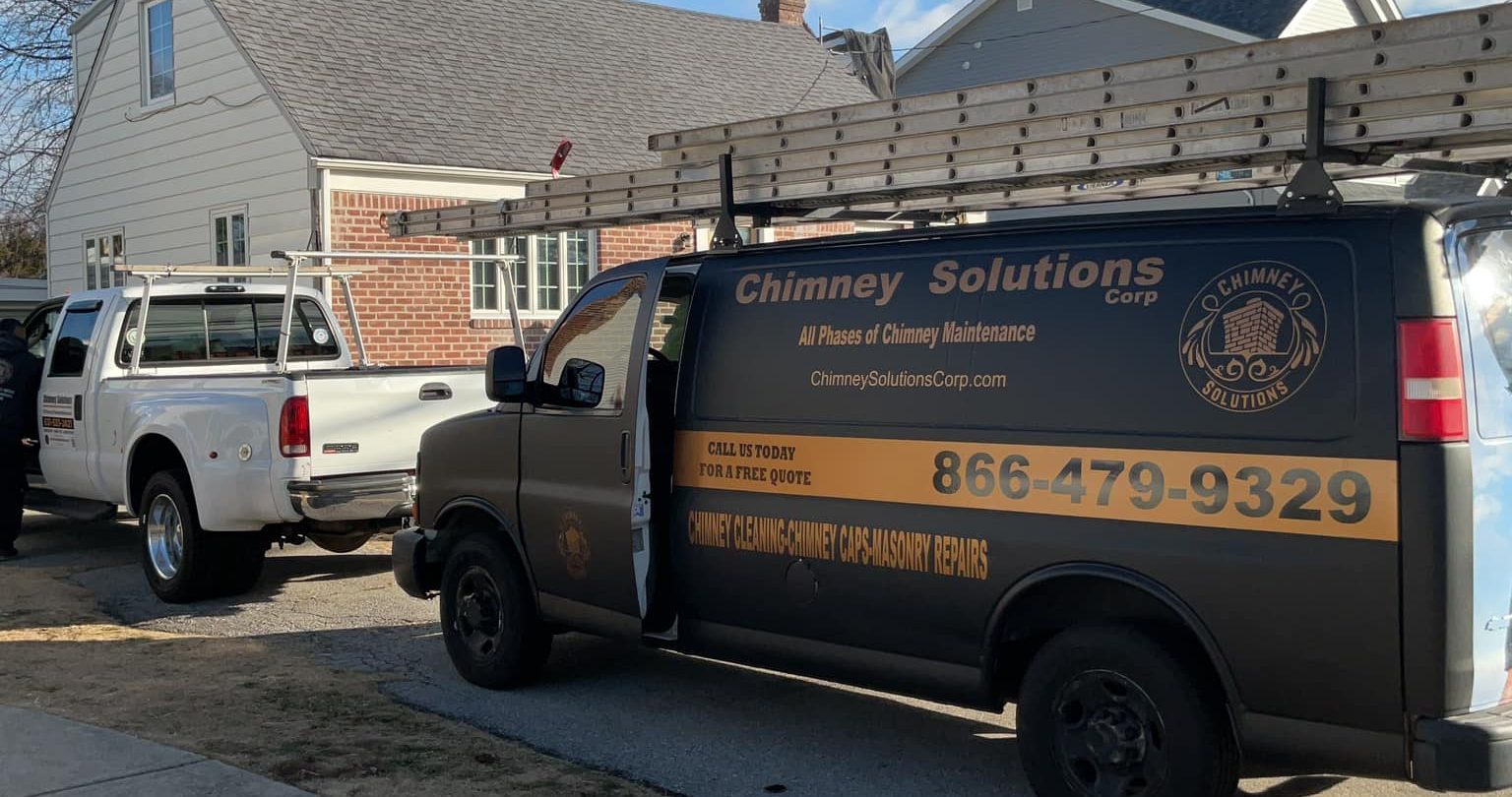Heating costs are a significant concern for homeowners, especially during colder months. Traditional fireplaces, while offering warmth and ambiance, are often inefficient, leading to heat loss and higher energy bills. However, modern fireplaces have revolutionized home heating, providing energy-efficient alternatives that reduce electricity consumption, improve indoor air quality, and lower carbon footprints.
Whether you’re considering an electric fireplace, a modern gas fireplace, or an advanced wood-burning model, understanding how today’s technology enhances fireplace efficiency can help you make an informed decision while maximizing cost savings.
This article explores the types of modern fireplaces, their energy-saving features, and how advanced technology is making fireplaces a sustainable home heating solution.
The Importance of Energy Efficiency in Modern Fireplaces
Energy efficiency in home heating is crucial for reducing heating costs, lowering environmental footprints, and ensuring consistent warmth without excessive fuel consumption. Unlike traditional wood-burning or gas fireplaces, modern designs incorporate advanced features such as programmable thermostats, built-in thermostats, and direct venting systems, all contributing to efficient operation and minimal maintenance.
Types of Modern Fireplaces
Gas Fireplaces
Modern gas fireplaces are a popular option due to their efficient zone heating capabilities and adjustable thermostats. They offer:
- Direct vent gas fireplaces that use outside air for combustion, reducing indoor air quality issues.
- Gas fireplace inserts designed for maximum efficiency, minimizing heat loss.
- Electronic ignition for energy savings compared to traditional pilot lights.
👉 Best for: Homeowners looking for cost-effective heating with low maintenance requirements.
Electric Fireplaces
Electric fireplaces are gaining popularity due to their ease of installation, low operational costs, and eco-friendly heating technology. Key benefits include:
- Precise temperature control using remote controls and smart home integration.
- Energy-saving modes that reduce unnecessary energy consumption.
- Realistic flame effects that provide aesthetic appeal without actual combustion.
👉 Best for: Those seeking an efficient alternative to gas or wood-burning fireplaces, especially in modern homes.
Modern Wood-Burning Stoves
For those who prefer real wood and the classic feel of a wood-burning fireplace, modern stoves incorporate:
- Efficient combustion processes to generate more heat output with less fuel consumption.
- Advanced airflow controls to optimize heat retention.
- Sustainable materials to minimize greenhouse gas emissions.
👉 Best for: Homeowners who want the ambiance of real flames while maintaining an environmentally friendly heating system.
How Technology Enhances Fireplace Efficiency
Direct Venting Systems
Direct vent gas fireplaces have become a game-changer in home heating, providing higher efficiency and improved indoor air quality compared to traditional models. Unlike open-hearth fireplaces, which pull warm air from inside the home and release it through the chimney, direct vent models draw in outside air for combustion and expel exhaust gases directly outdoors. This prevents heat loss, making these fireplaces highly energy efficient.
By maintaining a sealed combustion system, direct vent fireplaces:
✔️ Reduce carbon monoxide exposure and harmful emissions.
✔️ Improve heat retention, providing consistent warmth even in larger spaces.
✔️ Lower heating costs by maximizing fuel efficiency.
Smart Home Integration
Modern electric fireplace models now come equipped with smart home integration, allowing homeowners to control heating remotely and optimize energy usage for greater efficiency. Smart fireplaces offer:
✔️ Remote access via smartphone apps – Adjust temperature, flame effects, and heat output without being physically near the unit.
✔️ Automated energy-saving modes – Reduce electricity consumption by detecting room occupancy and adjusting heat accordingly.
✔️ Syncing with programmable thermostats – Ensure precise temperature control and minimize unnecessary energy consumption.
A Washington Post article highlights how intelligent heating technology in fireplaces can cut down utility bills by optimizing electricity into heat conversion and reducing heat waste.
Some high-end electric fireplaces also feature:
✔️ Wi-Fi connectivity for seamless integration with Amazon Alexa or Google Home.
✔️ Customizable heating schedules to match daily routines and outdoor temperatures.
✔️ Built-in safety features, such as auto shut-off during power surges or when the room reaches the desired temperature.
According to Pioneer Fireplace, integrating smart electric fireplaces into a home can enhance heating efficiency by up to 50%, reducing the overall reliance on central heating systems.
Advanced Heating Elements
The latest advancements in fireplace technology have made modern models more energy-efficient than ever before. Many electric fireplace models now use cutting-edge heating elements, including:
✔️ Infrared heating technology – Instead of warming the air, infrared heaters use electromagnetic radiation to directly heat objects and people within a room. This method maximizes heat retention and provides consistent warmth without excessive fuel consumption.
✔️ LED technology – Unlike traditional fireplaces that rely on real flames, modern electric fireplaces use LED lighting to simulate flames while consuming minimal electricity. LED bulbs last longer and reduce operational costs.
✔️ Energy-efficient ceramic heating coils – These coils convert electricity into heat more effectively, ensuring higher thermal efficiency with lower electricity costs.
The U.S. Environmental Protection Agency (EPA) recommends using infrared heaters and energy-efficient fireplaces as a way to reduce heating bills and minimize a home’s carbon footprint.
Additionally, some high-end fireplaces now feature:
✔️ Multi-stage heating options, allowing users to switch between low and high heat modes depending on room size and outdoor temperature.
✔️ Flame-only mode, enabling users to enjoy the visual appeal of realistic flames without generating heat, making it suitable for year-round use.
✔️ Advanced blower fans, improving heat distribution to prevent cold spots in large spaces.
With continuous heating innovations, modern fireplaces offer a sustainable, energy-efficient, and cost-effective alternative to traditional heating methods. 🔥
Benefits of Modern Fireplaces
Cost Savings on Energy Bills
Energy-efficient fireplaces reduce heating costs by:
✔️ Providing zonal heating to warm larger spaces without overworking central heating systems.
✔️ Minimizing fuel waste through precise heating strategies.
✔️ Eliminating creosote buildup (common in traditional fireplaces), reducing the need for extensive maintenance.
Low Maintenance Requirements
Unlike traditional options that require regular cleaning, modern fireplaces feature:
✔️ Self-cleaning glass to reduce soot accumulation.
✔️ Minimal maintenance due to electronic ignition and efficient combustion.
✔️ Long-term cost savings by avoiding complex ventilation setups.
Aesthetic Appeal and Design Flexibility
✔️ Customizable features like flame colors, 3D flame effects, and adjustable thermostats.
✔️ Modern designs that fit seamlessly into contemporary living spaces.
✔️ Fireplace inserts that enhance masonry fireplaces for a more efficient operation.
Environmental Impact of Modern Fireplaces
Reduced Emissions
Modern fireplaces significantly lower harmful emissions by:
✔️ Using clean energy sources like electricity instead of fossil fuels.
✔️ Reducing carbon monoxide exposure through proper ventilation.
✔️ Implementing air-for-combustion technology to improve indoor air quality.
Sustainable Materials
✔️ Bioethanol fireplaces utilize renewable fuel sources, making them a cleaner option.
✔️ Gas models emit fewer direct emissions than traditional wood-burning fireplaces.
✔️ Energy conservation features help minimize non-renewable resource usage.
Understanding Energy Efficiency Ratings
To ensure you’re choosing the best fireplace for energy savings, look for:
✔️ AFUE (Annual Fuel Utilization Efficiency) Ratings – The higher the percentage, the better the efficiency.
✔️ Energy Star Certifications for energy-efficient fireplace systems.
✔️ Proper installation guidelines to maximize heating capacity.
Tips for Improving Fireplace Efficiency
✔️ Use Seasoned Firewood – In wood fireplaces, dry wood burns cleaner, reducing creosote buildup.
✔️ Regular Maintenance Practices – Schedule professional inspections to ensure safe operation and efficient alternative heating.
✔️ Optimizing Airflow – Adjust ceiling fans to distribute reliable warmth evenly across rooms.
Conclusion: The Future of Home Heating
As energy prices continue to rise, modern fireplaces offer a sustainable, cost-effective solution for heating homes. Whether through direct vent gas fireplaces, smart electric fireplaces, or advanced wood-burning models, homeowners now have access to efficient heating options that reduce utility bills and improve indoor comfort.
Investing in an energy-efficient fireplace is not just about aesthetic appeal—it’s about creating a cozy environment while maintaining energy conservation and environmental responsibility.
🔥 Ready to upgrade your home with an energy-saving fireplace? Contact Chimney Solutions today for expert guidance on choosing the best fireplace type for your needs!



